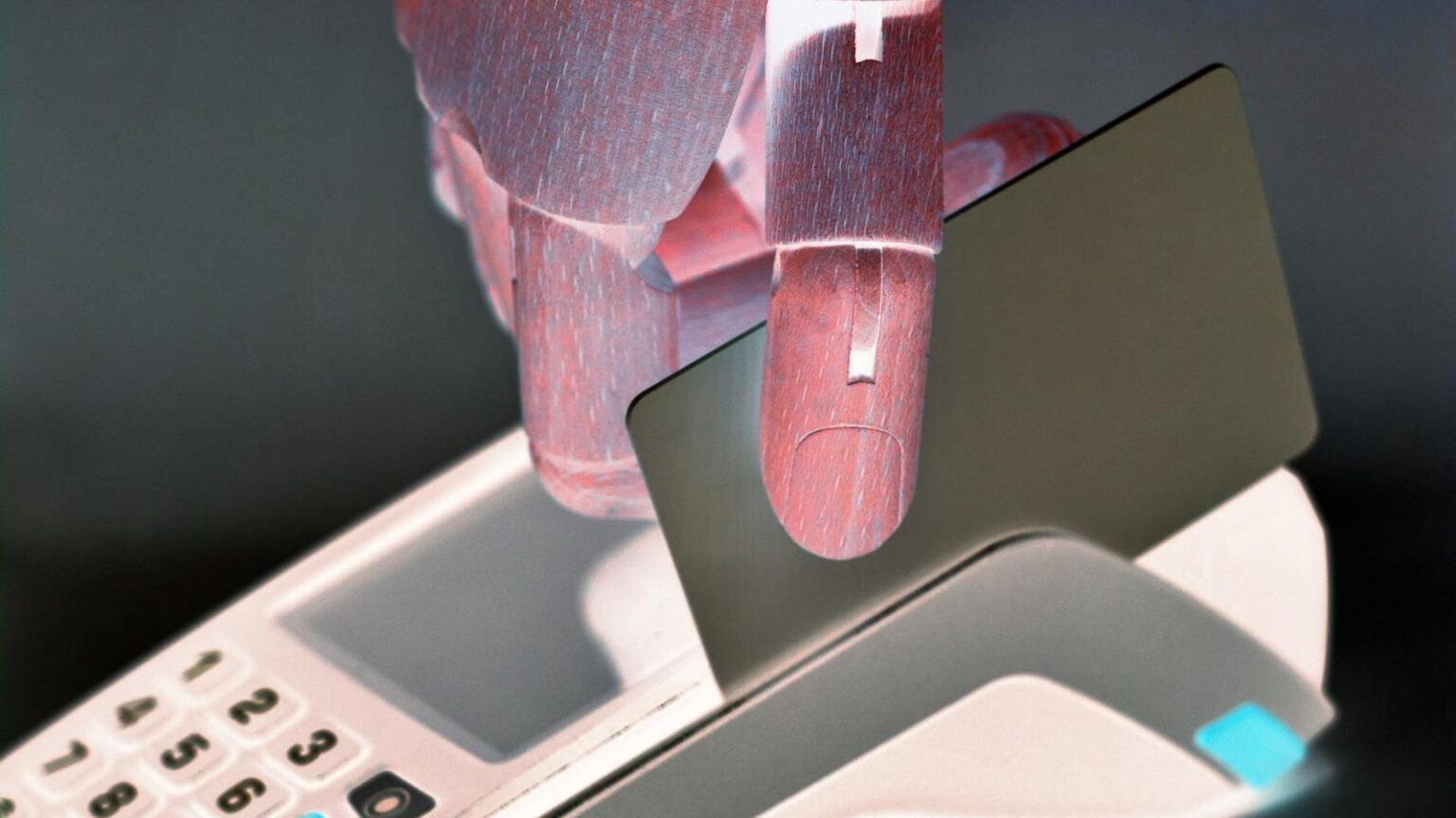The European Automated Clearing House Association (EACHA) has just published a comparative analysis of the Environmental, Social, and Governance (ESG) impact of different payment instruments. Their report uses Life Cycle Analyses (LCA) to assess the environmental impact of the production, processing and end-of-life phases for both electronic and non-electronic payment types. So how green is your wallet right now?
Green Rankings
When it comes to what is the most environmentally-unfriendly way to pay I imagine that you have your suspicions! We’ll come to that later. As for what is the most environmentally friendly way to pay, I won’t keep you in suspense, the results are as follows (from the most to the least environmentally friendly).
In first place we have credit transfers transfers and debit transfers in batch mode. Credit transfers are better for the environment than debit transfers. In fact credit transfers are better than debit transfers all round which is why we should all be building “single credit message” (SCM) infrastructures and placing request-to-pay (R2P) and variable recurring payment (VRP) “layers 2s” on top for the use of businesses and customers. Not only the most environmentally friendly but also the overall lowest cost platform for the wider economy.
Then we have instant payments (ie, single immediate credit transfers). Obviously single transactions have more of an impact than when in a batch. The difference may not be great, but it is not zero.
Cards come in third place. They are generally made of polyvinyl chloride (PVC), a type of plastic chosen for its durability and flexibility. The production of PVC involves the use of fossil fuels and generates pollutants, so they start off not that green to begin with. Cards also have a finite lifespan which means a continuous cycle of production, consumption, and disposal. Luce Fonseca from Giesecke+Devrient says that at around five grams of plastic for each card, the 20 billion payment cards in circulation worldwide make a contribution to the 400 million tons of plastic the world currently produces every year.
So, while cards are good in that they reduce the need to produce and manage cash, they are bad in that PVC cards contribute to landfill waste and there are limited recycling programs available for PVC cards, and their disposal often leads to environmental pollution. Now of course the cards industry is explored more eco-friendly alternatives—such as recycled plastic and biodegradable materials, in time it is she shift to digital-only cards that will help the environment the most.
In fourth place we have checks. I’d assumed that checks were as bad for the environment as cash but of course they are not because they don’t involve mining or a lot of transportation. Anyway, checks are going away (more on this soon).
Then we get to cash. Cash is obviously bad for the environment. ATMs don’t grow on trees or fill themselves up for one thing, and for another thing cash means an awful lot of trucks driving around with security guards and so on: Transport accounts for around two-thirds the overall environmental impact of cash. In the UK, the sector has already acknowledged the need for change and set up the Cash Industry Environment Charter some time ago. The Bank of England, representatives from banknote and coin producers, commercial banks, machine suppliers, ATM operators and other suppliers have signed up to series of targets to aim to achieve Net Zero carbon for each organisation’s own operations by 2030, to eliminate single-use non-recyclable plastic in note centres by 2030 and to use 100% renewable electricity for operations (this should already be in place.)
In last place, just as you suspected, we have cryptocurrencies. As you would expect imagine, cryptocurrencies come bottom of the green payments league. Even an Ethereum proof-of-stake transaction is two orders of magnitude worse in terms of energy use than a cash transaction. While cryptocurrency enthusiasts point to the potential of bringing together (for example) bitcoin and various kinds of renewable energy, their energy use is substantial.
Bitcoin’s annual energy consumption, estimated to be around 100 to 150 terawatt-hours (TWh), is comparable to that of Argentina. This is in the same ballpark as global data centres, which consume around 200 TWh right now. If you are wondering what these numbers really mean, think about the comparison with your own house: 100 TWh could power approximately ten million US households for a year.
Theses number may sound high, but bear in mind that they are only the beginning. The electricity demand from AI, data centres and cryptocurrency together is growing rapidly and could double over the next couple of years to something like 1,000 TWh.
(Interestingly, Bitcoin’s energy use is currently roughly the same as the energy use of “traditional” gold mining, although obviously gold mining has other environmental impacts.)
Going Green
It is obviously not great surprise to find an ACH organisation pointing out that their way of doing things is the best on ESG grounds, but they are right. What does this tell us? Well, at high level it tell us that in the long run we should be moving to account-to-account single credit message payment networks — with, to my mind, parallel digital token networks on different infrastructure for resilience — with secure mobile devices to initiate and authorise transactions.
These digital payments are the way forward but they come with a caveat: electronic waste. Smartphones and other digital devices eventually become obsolete. But considering the broad array of functionalities they offer—communication, entertainment, productivity, and now payments—the incremental environmental cost is relatively minor. Plus, with ongoing advancements in e-waste recycling and eco-friendly manufacturing, the issue is being tackled head-on.
As digital wallets steadily replace cash, cards and checks, payments are getting greener by the day.
Read the full article here
















